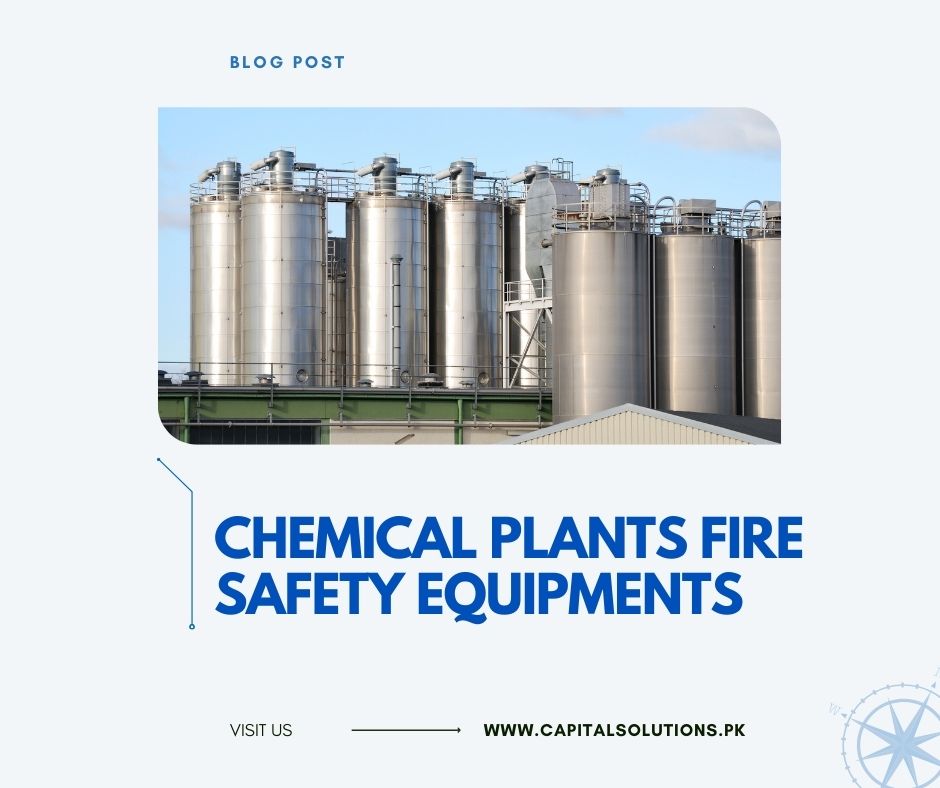
Introduction
Chemical plant fire safety equipment is vital for the protection of workers and the community. The National Fire Protection Association (NFPA) has established performance-based standards for fire protection in chemical plants.
The NFPA has also developed a variety of equipment that is specifically designed to protect people and property from fires in chemical plants. This equipment includes both active and passive systems. Active systems include suppression systems, which use water or foam to extinguish fires. Passive systems include detection and alarm systems, which provide an early warning of a fire so that it can be extinguished before it becomes dangerous.
Chemical plant fire safety equipment must be properly maintained in order to ensure that it will function properly when needed. Plant personnel should receive training on how to use this equipment safely and effectively.
Classification of fires:
There are many different types of fires, but each can be classified as one of four types: class A, class B, class C or class D. The type of fire will determine the type of extinguisher needed to put it out.
Class A fires are the most common and involve materials that are combustible such as wood, paper, cloth and plastics. Class B fires involve flammable liquids such as gasoline, kerosene, and paint. Class C fires involve electrical equipment such as appliances, wiring and outlets. Class D fires involve combustible metals such as magnesium, titanium, and potassium.
Causes of fires in chemical plants:
There are many potential causes of fires in chemical plants. Some of the most common causes include:
- Sparks from equipment
- Flammable materials coming into contact with heat or flames
- Faulty electrical wiring, and operator error
- Combustible dust
In order to prevent fires, it is important to have proper safety procedures in place and to make sure employees are properly trained on how to safely operate the plant.
Types of fire extinguishers:
There are six types of fire extinguishers: water, foam, carbon dioxide, dry chemical, wet chemical, and inert gas.
Each type is suited for a different type of fire.
- Water Exigunishers: Water extinguishers are good for fires that involve paper and wood.
- Foam extinguishers: These extinguishers are good for fires that involve oils and fats.
- Carbon dioxide extinguishers: CO2 extinguishers are good for electrical fires.
- DCP Extinguishers: Dry chemical extinguishers are good for kitchen fires.
- Wet chemical extinguishers: Wet chemical extinguishers are good for combustible metals.
- Inert gas extinguishers: Inert gas extinguishers are good for fires that involve flammable gases.
Automatic fire suppression systems for Plants:
Fire is a serious hazard in chemical plants. Fires can cause extensive damage to the plant and can endanger the safety of workers. The best way to prevent fires in a chemical plant is to install an automatic fire suppression system.
An automatic fire suppression system consists of a network of sprinklers that cover the entire plant. When a fire is detected, the sprinklers activate and spray water or foam onto the flames. This douses the fire and prevents it from spreading.
There are several types of automatic fire suppression systems that can be used in chemical plants. Water mist systems are one option. These systems use tiny droplets of water to extinguish fires. Another option is carbon dioxide (CO2) systems. CO2 systems use pressurized CO2 to extinguish fires.
Conclusion:
Fire is a serious hazard in chemical plants. It can cause extensive damage to the plant and its equipment, and can also lead to the release of harmful chemicals into the environment. To help prevent fires and minimize their effects, it is important to have the correct fire safety equipment installed in your plant. This equipment includes fire extinguishers, fire alarms, and emergency evacuation plans. Hope this blog post has helped you to understand the importance of fire safety equipment and there use in different conditions.
For more information on quality fire safety equipment visit us at: www.capitalsolutions.pk